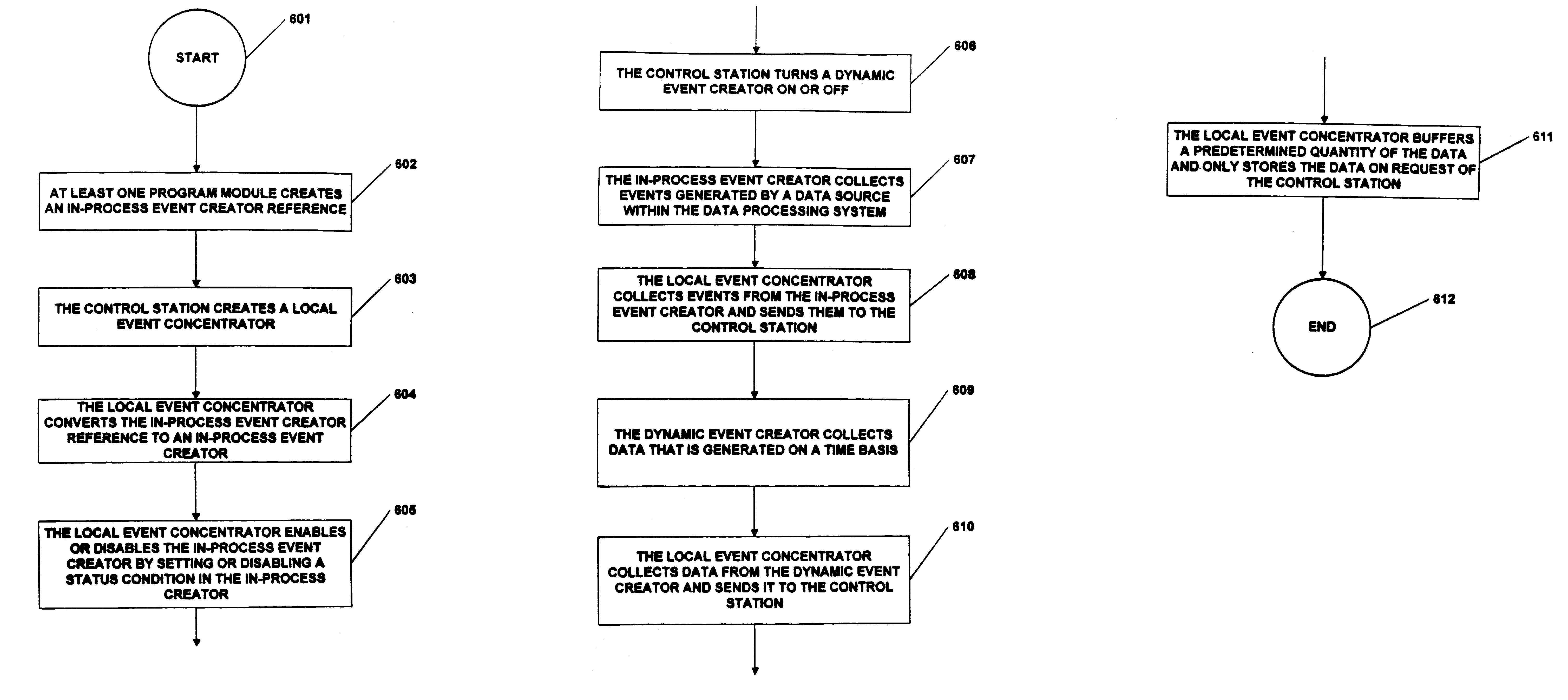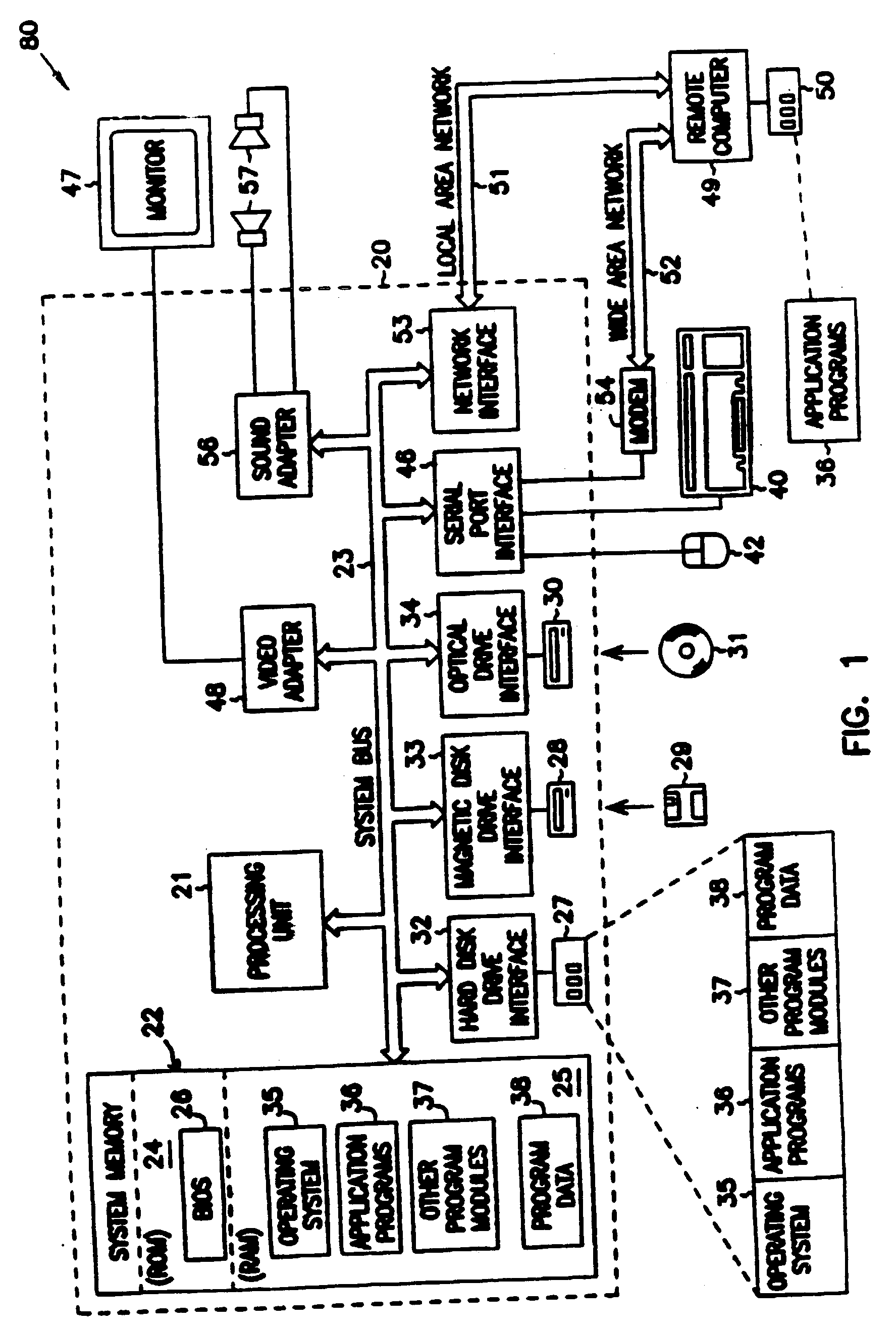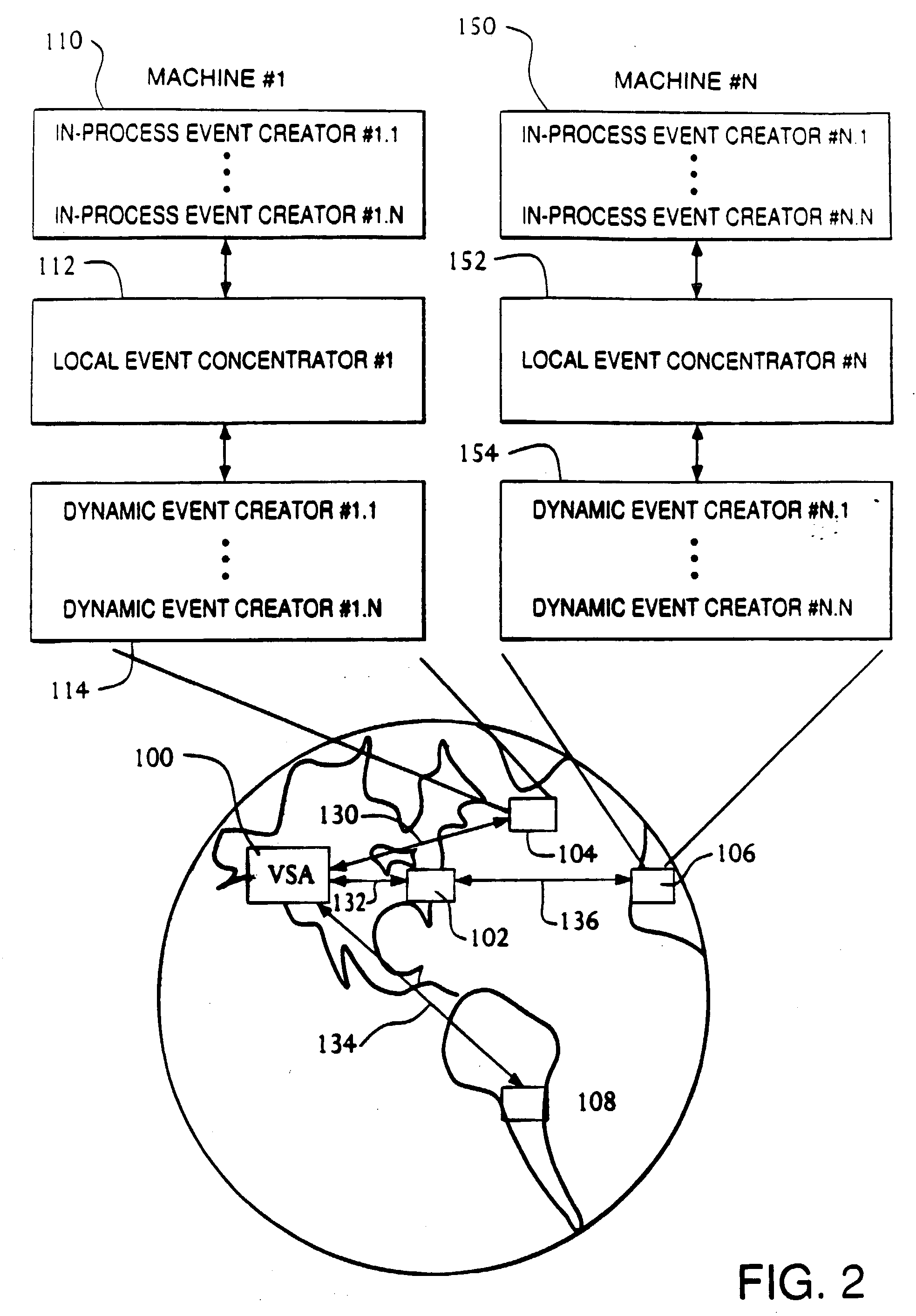Method and apparatus for analyzing performance of data processing system
performance analysis technology, applied in the field of analysis of the performance of a data processing system, can solve the problems of difficult observation and isolation of undesirable system performance and behavior, software developers usually require a period of time to identify and resolve functional and performance issues, and instrumented code can be analyzed
- Summary
- Abstract
- Description
- Claims
- Application Information
AI Technical Summary
Benefits of technology
Problems solved by technology
Method used
Image
Examples
Embodiment Construction
Collection, Capture & Transmission of Data
[0111] Data collection begins in the IECs. An IEC is a subroutine that marshals the desired data into a special format and puts it in a shared memory buffer. As mentioned above, IECs reside in the process space of a data source.
[0112] An IEC exports two main functions: IsActive and FireEvent. The IsActive function is used by data sources to determine if any analysis is being performed against a particular data source. When a piece of code reaches a point of interest, the IsActive function is called, which returns True or False as to whether or not anyone is interested. If the IsActive status condition is set True for a particular data source, the FireEvent function is used to dispatch an event to the centralized collection system of the requesting user. If IsActive returns False, an entity can reduce any adverse performance impact by not formatting data for FireEvent. The FireEvent function is implemented in both a synchronous and an asynchr...
PUM
 Login to View More
Login to View More Abstract
Description
Claims
Application Information
 Login to View More
Login to View More - R&D
- Intellectual Property
- Life Sciences
- Materials
- Tech Scout
- Unparalleled Data Quality
- Higher Quality Content
- 60% Fewer Hallucinations
Browse by: Latest US Patents, China's latest patents, Technical Efficacy Thesaurus, Application Domain, Technology Topic, Popular Technical Reports.
© 2025 PatSnap. All rights reserved.Legal|Privacy policy|Modern Slavery Act Transparency Statement|Sitemap|About US| Contact US: help@patsnap.com



